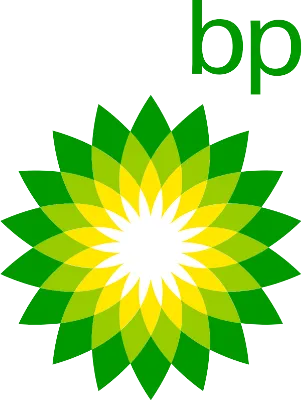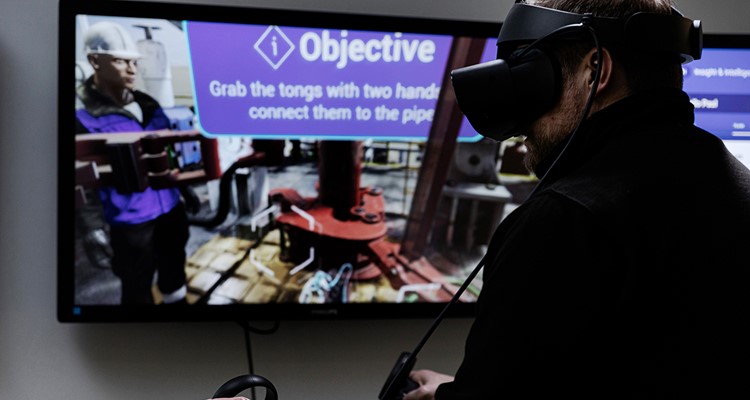The Challenge
Construction of the GTA development was still underway, so a key challenge was to deliver an effective induction programme without a physical asset in place.
Our Solution
3t developed a revolutionary, bespoke two-week ‘blended learning’ programme using digital twins delivered via a ‘Training Console’ and targeted face-to-face training.
Our highly accurate virtual reality model of the GTA project covered a massive 1000 square miles of real-world space. We worked very closely with bp to ensure every metre of the asset was recreated down to the correct placement of every valve, flange and joint.
Digital flythroughs showcased the scale and complexity of the environment and provided a unique opportunity for personnel to interact with their future workplace before it was even built. Numerous highly tailored scenarios were developed to train personnel in safety-critical operating systems and procedures and to test and measure competency.
Using virtual reality headsets and gaming controllers, the crew was able to familiarise themselves with asset layout and crucially learn all the safety-critical operating parameters and procedures in advance.
The result
Active, immersive learning through VR improves knowledge retention by up to 75%.
Our training meant GTA’s crew was fully prepared for mobilisation when the project was ready. They knew their workplace and where all plant and equipment were located inside-out. They were able to practise safety-critical procedures in a risk-free environment until familiarisation was high. This helped to build a strong, coherent team and a safety culture to be proud of prior to mobilisation and beyond.
Below are several additional advantages of employing this approach for delivering training and establishing foundational competence.

